Language is one method of communication that’s used by humans. It’s a compilation of sounds, gestures, and the written word. Each country and region worldwide has its own language and dialect, yet today, it’s possible to connect all parts of the world through language and translation.
What is translation? Many people, including some translators, consider translation only a tool. The truth is that translation is both a tool and an art that requires specialized skills. Translation is the process of translating a source language into the target language. For instance, translating English into Turkish is a good example. But translation is much more than a literal translation of the words of one language into the words of another. Translators perform translation work and are highly skilled on many levels.
Translators must unite two cultures through their disparate languages to allow for an effortless exchange of culture, ideas, and understanding. Being a translator requires the development of empathy, cultural knowledge and sensitivity, and creativity.
Table of Contents
Continuous Education and Self-Improvement Necessary for Translators
Being a translator requires continuous learning and self-improvement. Therefore, they must stay current with the latest developments in the translation profession and new trends in the languages translators work with.
Continuous learning is available through professional development training, which helps them improve their language skills, learn specialized terminology, and learn about the latest technology and software to make them more proficient in their translation work.
Another method translators use is reading books on translation and its various techniques and strategies.
Translation Techniques and Strategies
Translation requires more than a literal interpretation of one language into another. The problem is that language captures not only words but the culture and its thoughts. Literal translation cannot convey cultural meaning and thoughts from one language to another.
Instead, the translator must use various techniques and strategies combined with their knowledge of both languages and cultures. For instance, direct translation is one technique that allows a translator to literally interpret words from one language to the next. The structure and concept are easily carried between the two languages.
Another example of a translation technique is calque. Calque is the loaning of a phrase borrowed from one language and literally translated (word for word) into another language. This technique is most often used in industry-specific texts.
Translators use many other techniques and strategies in their work, too. But there are too many to list here. Translation work requires ongoing study in the pursuit of new techniques and strategies that help translators improve their skills and their work. Books provide an excellent method to learn these new concepts and ideas.
Books allow translators to improve their translation skills and develop proficiencies in different areas, such as literary translation, legal translation, or medical translation.
Cultural Awareness
Today’s translators must have excellent cultural awareness skills, too. Cultural awareness is all about having a deep understanding of cultural norms and gestures to convey a message from one language to another properly.
Translations that don’t account for cultural awareness can cause problems, such as misunderstandings, deep offense, and more. A literal translation could carry an unintended message, for instance.
Translators can improve their cultural awareness by reading books on the topic. Books that discuss cultural differences and intercultural communication help translators better understand the nuances of the source and target languages and to avoid potential misunderstandings.
In the following sections, we’ll look at some of the best books for translators. These books can help translators improve their translation skills, deepen their cultural awareness, and more.
Best Books for Translators
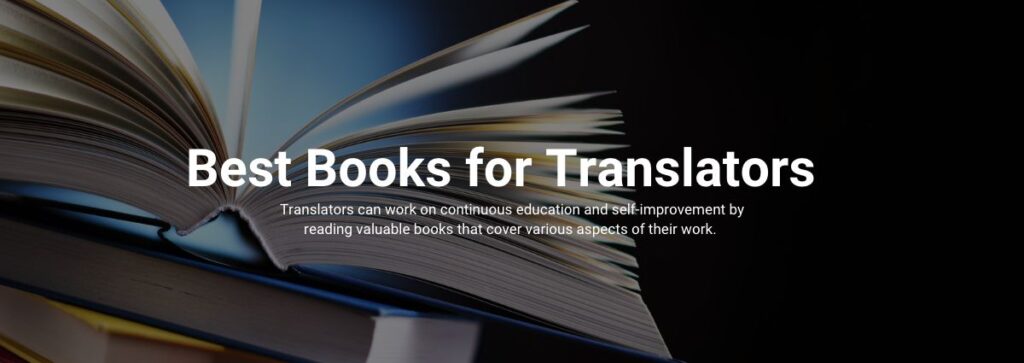
Translators can work on continuous education and self-improvement by reading valuable books that cover various aspects of their work.
1. The Translators Invisibility: A History of Translation by Lawrence Venuti
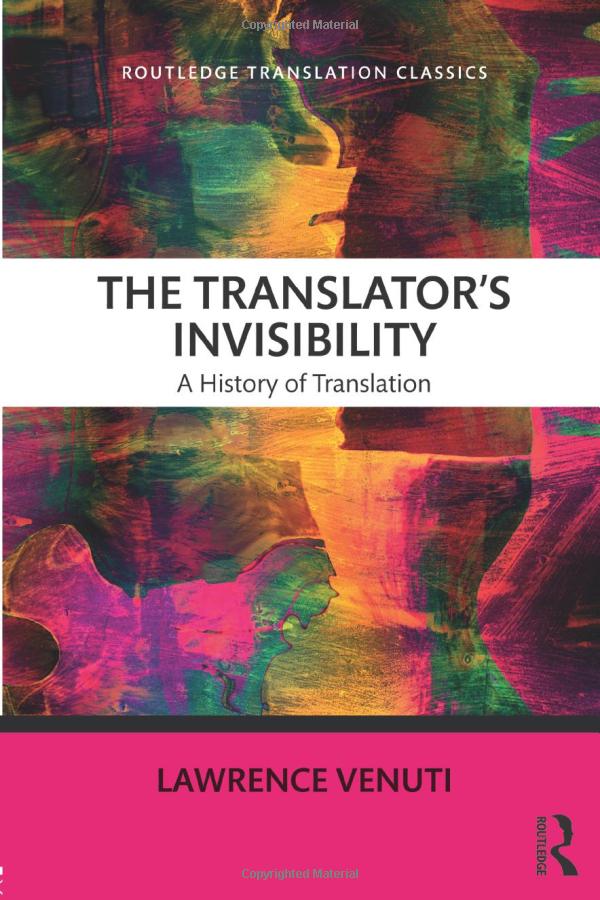
This classic, insightful book delves into the history and theory of translation. It explores the many challenges and complexities faced by translators throughout history. It offers a comprehensive understanding of the translation process and valuable insights into different approaches and techniques for translators.
2. Translation: A Very Short Introduction by Matthew Reynolds
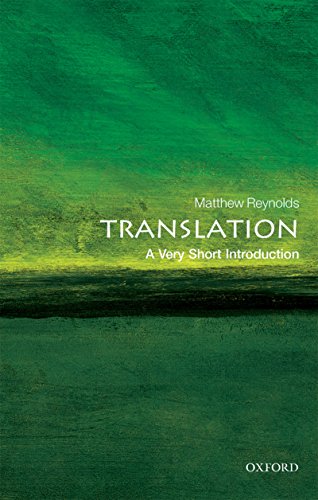
Many translators have found that this book offers a broad overview of the art of translation. The author provides insights into how translation determines meaning, why it matters across all industries, and why it is essential for literature and the arts.
The book explores the theoretical, practical, and ethical implications translators face in their work. We highly recommend this book for those new to the profession, as well as experienced translators who want in-depth guidance on the intricacies of the translation profession.
Translation: A Very Short Introduction by Matthew Reynolds
3. Intercultural Communication: A Reader, edited by Larry A. Samovar and Richard E. Porter
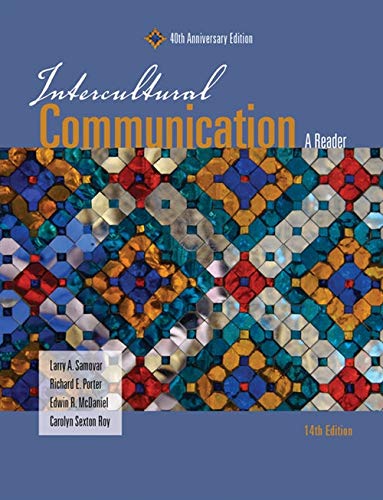
Every day, translators deal with language and must find ways to bridge the gaps between the source and target languages they work with. This book contains a collection of essays that help translators explore intercultural communication. It also offers valuable insights into cultural differences, including norms and customs.
By developing cultural awareness, translators can ensure accurate, culturally sensitive translations that are meaningful for the target audience.
Intercultural Communication: A Reader, edited by Larry A. Samovar and Richard E. Porter
4. Found in Translation: How Language Shapes Our Lives and Transforms the World, by Nataly Kelly and Jost Zetzsche
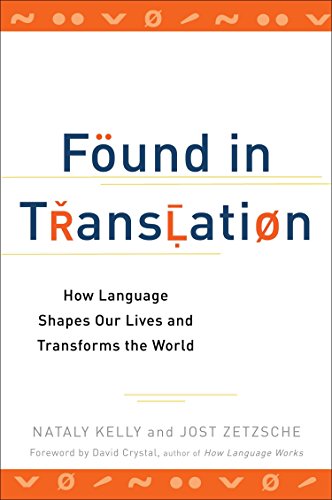
This is a book that offers entertaining stories from translators around the world. The stories show the role of translation in all areas of our lives, from wars and politics to healthcare and religion.
“Found in Translation” is a book that can be enjoyed by the general public, but it can also be insightful for translators worldwide. We can all learn how translation is essential to every aspect of our daily lives.
5. A Practical Guide for Translators, by Geoffrey Samuelsson-Brown
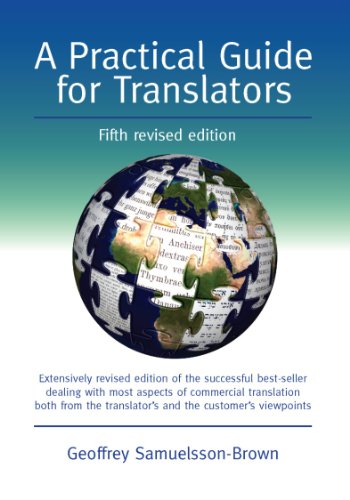
Samuelsson-Brown has written a practical guide that covers a broad range of topics about translation. They include everything from the basics to more advanced translation techniques and business considerations.
Translators will also find the book includes helpful information on managing client relationships and ways to improve productivity. It’s an excellent read for those new to the translation industry as well as those who are experienced translators.
A Practical Guide for Translators, by Geoffrey Samuelsson-Brown
Concluding Thoughts
Translation is an art, and like other art forms, it requires continuous learning and self-improvement. The books we recommend here offer valuable guidance and insights into all aspects of translation work. They will help beginning translators reach the top of their industry and advanced translators to maintain their status as the best in the art of translating.
